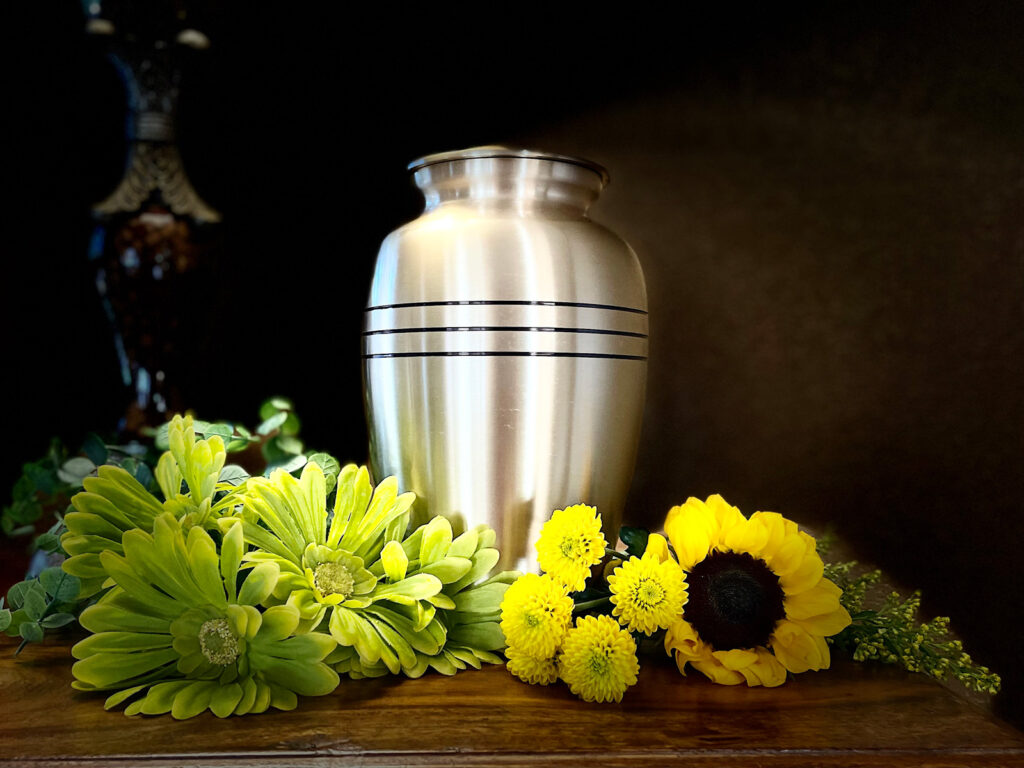Funeral resources & articles
Resource article categories:

Cremation Costs in 2025: How cremation continues to disrupt the Funeral Industry
Cremation News, Funeral Industry, How to Save Money on Funerals
June 2, 2025
How is cremation changing the funeral industry in 2024?
Cheap Cremation, Cremation News, Funeral Industry
April 11, 2024